Europe’s charm often lies in its walkable cities, where centuries of history unfold with each step along cobblestone streets. Unlike sprawling metropolises designed for cars, many European urban centers were built long before automobiles, creating intimate spaces perfect for pedestrian discovery.
These walkable gems offer travelers the chance to stumble upon hidden courtyards, local cafés, and architectural wonders that might otherwise be missed. Here is a list of 18 European cities where your own two feet are the ideal mode of transportation for truly experiencing the culture, history, and ambiance.
Florence, Italy
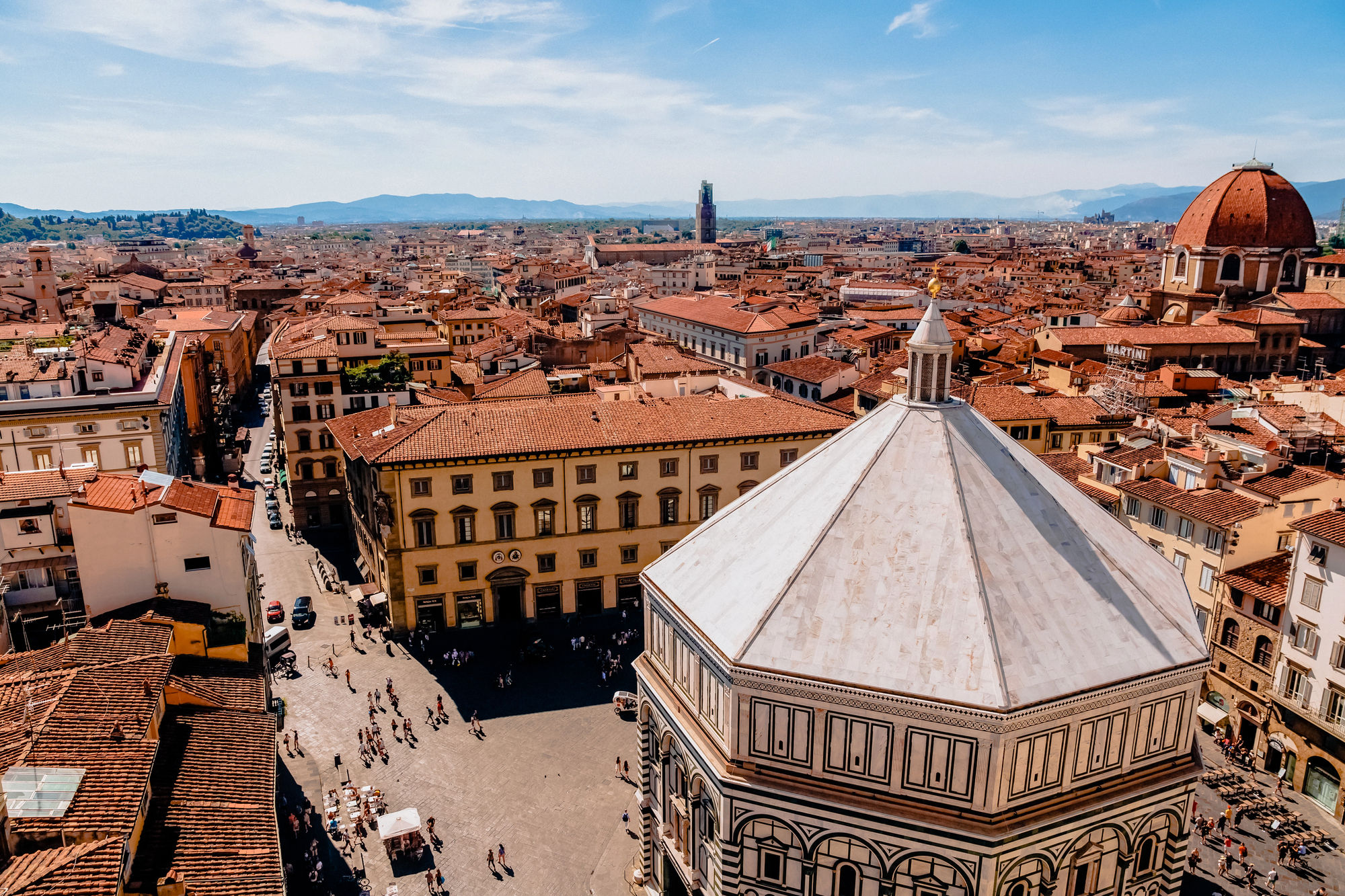
Florence packs remarkable Renaissance treasures into a compact historic center that spans just one mile across. The pedestrianized zones around the Duomo and Piazza della Signoria create a natural flow between major attractions like the Uffizi Gallery and Ponte Vecchio.
Narrow medieval streets open unexpectedly into grand piazzas, rewarding curious walkers with dramatic architectural reveals impossible to appreciate from vehicles.
Dubrovnik, Croatia
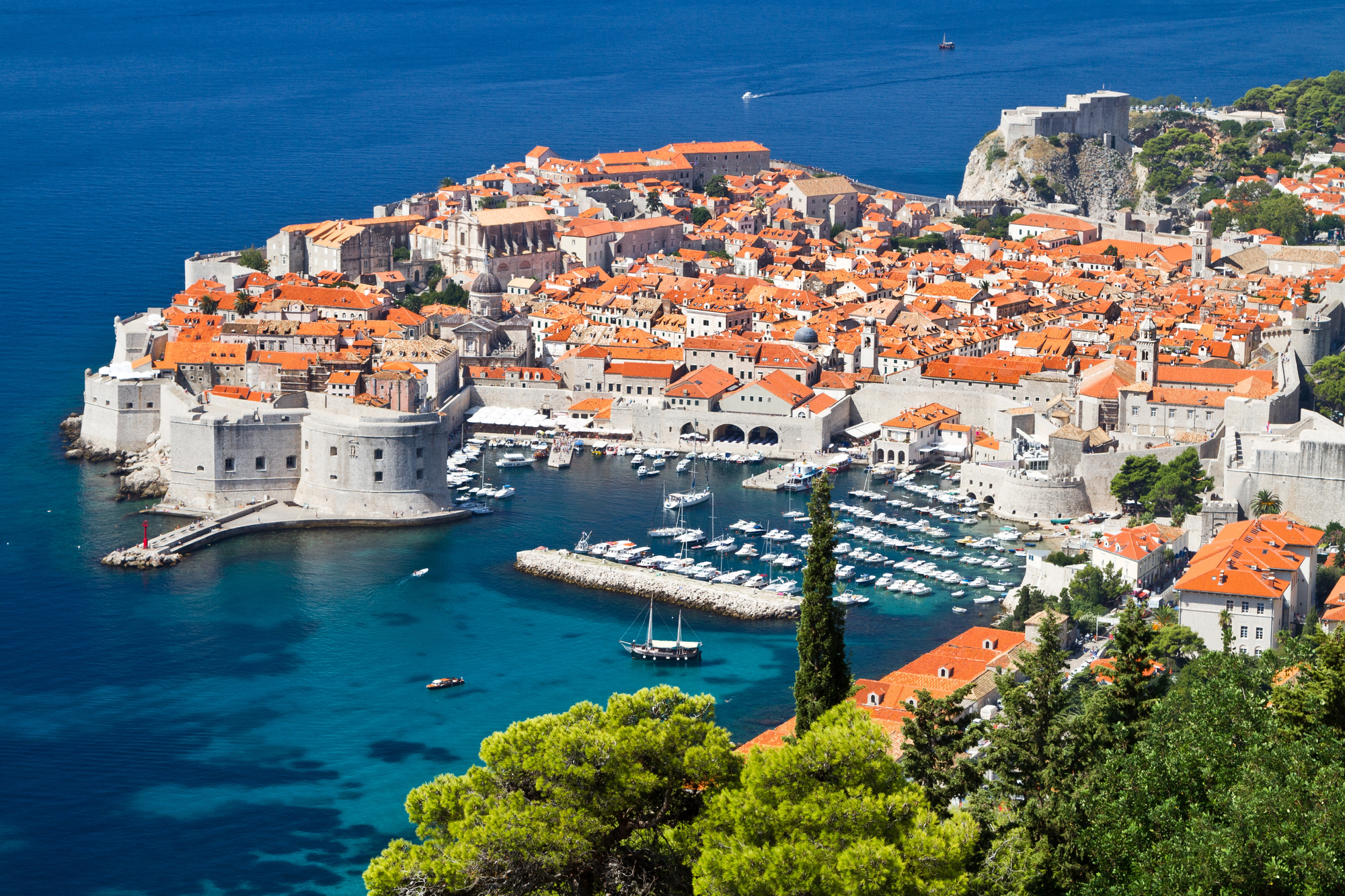
Dubrovnik’s Old Town, completely enclosed by massive stone walls, prohibits cars entirely. The main thoroughfare, Stradun, connects two city gates through a limestone-paved paradise of baroque buildings and medieval monuments.
Walking the 1.2 miles of ancient city walls provides constantly changing perspectives of terracotta rooftops cascading toward the brilliant blue Adriatic.
Amsterdam, Netherlands
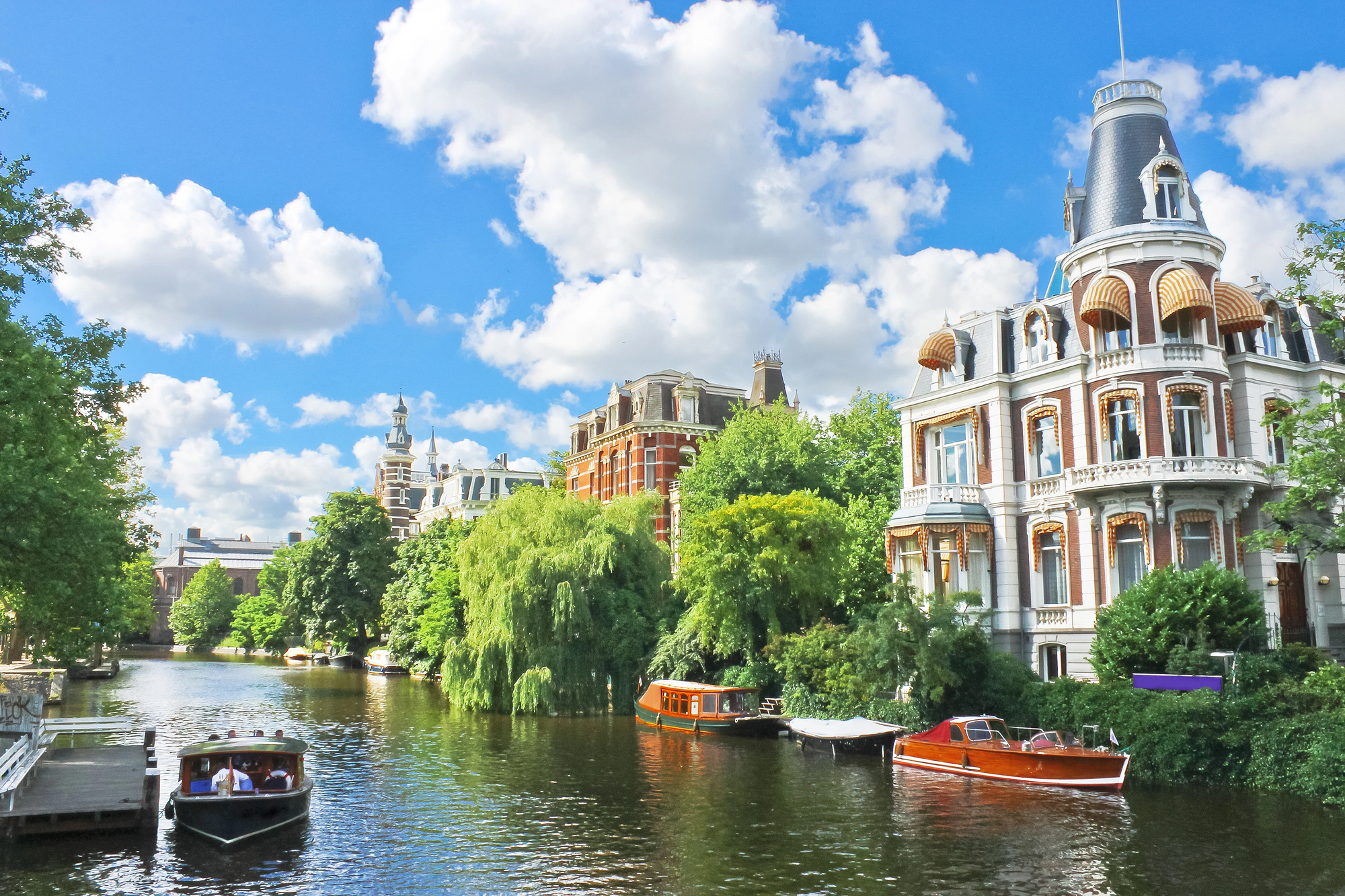
Amsterdam’s concentric canal rings create a compact, walkable layout where no destination feels too distant. The narrow streets of Jordaan and the Nine Streets district reward exploration with indie boutiques and cozy cafés tucked between 17th-century townhouses.
Vondelpark offers 120 acres of green escape connected to cultural highlights by pedestrian-friendly paths and bridges arching over picture-perfect canals.
Like Travel Pug’s content? Follow us on MSN.
Prague, Czech Republic

Prague preserves its medieval layout with winding lanes that make walking not just convenient but essential for discovery. The Castle District and Lesser Town connect to Old Town via the Charles Bridge, creating a natural pedestrian route through centuries of architectural styles.
The city’s compact center means you can wander from Gothic cathedrals to Art Nouveau gems within minutes, with countless hidden courtyards and gardens along the way.
Bruges, Belgium
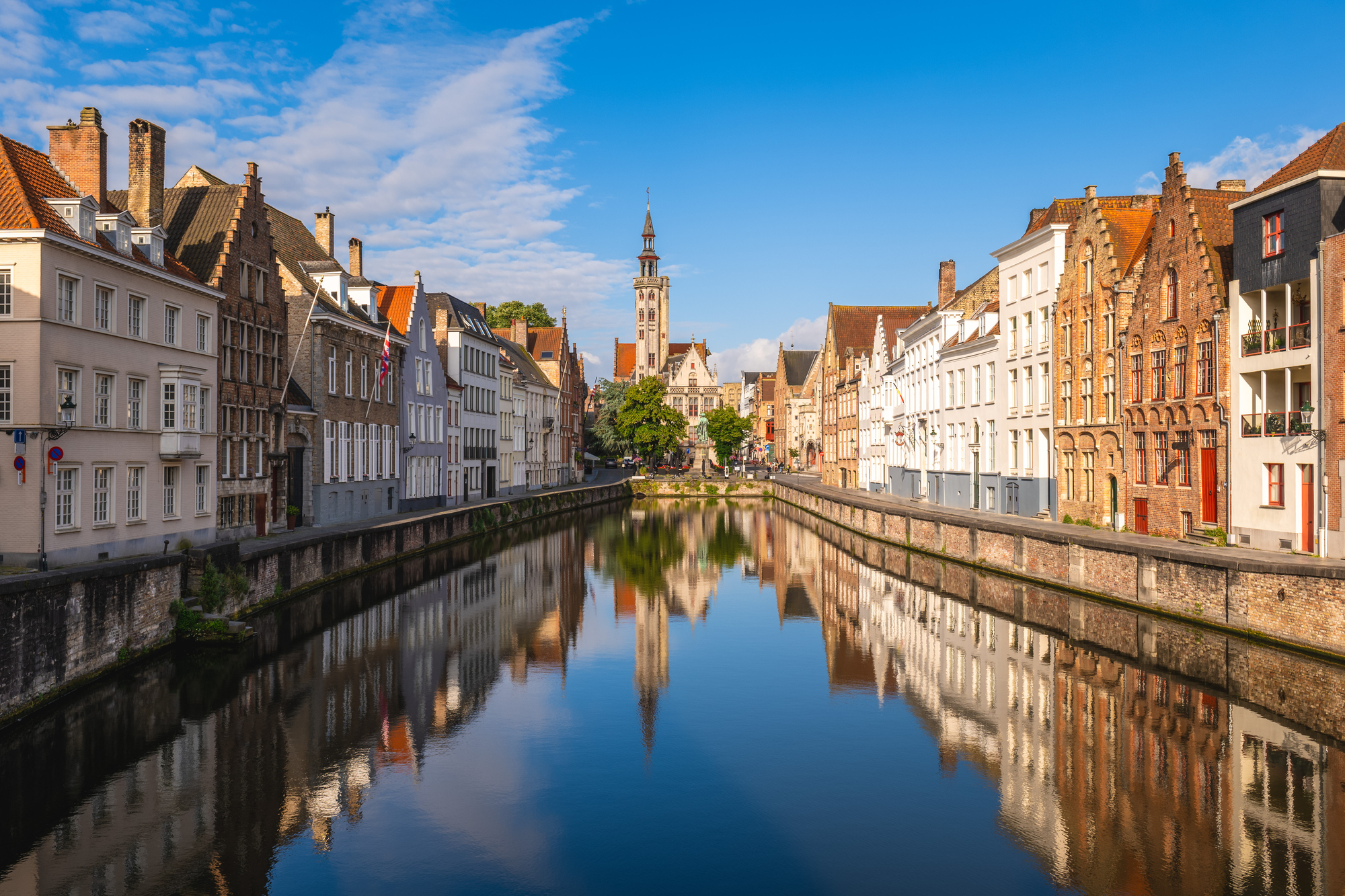
Bruges maintains its medieval footprint with extraordinary integrity, keeping most attractions within a 20-minute walk of the central Markt Square. Pedestrian-only zones throughout the historic center allow visitors to appreciate the step-back-in-time quality of this UNESCO site fully.
Wandering along the canals or ‘reien’ reveals hidden perspectives of the famous Belfry tower and gabled guild houses reflected in still waters.
Lisbon, Portugal
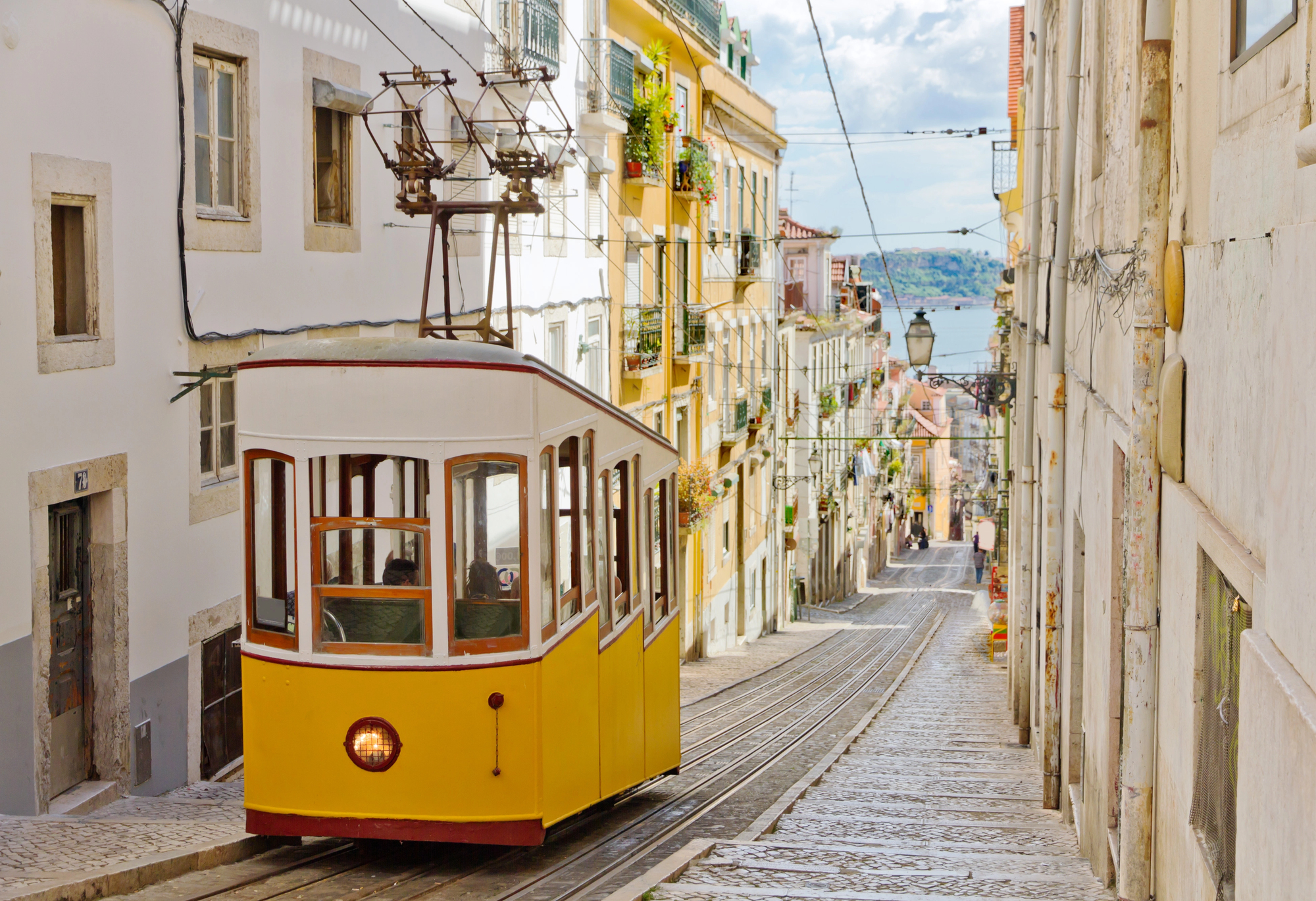
Lisbon challenges walkers with its seven hills but rewards them with breathtaking viewpoints and authentic neighborhood experiences. The historic districts of Alfama and Bairro Alto maintain their pre-earthquake medieval street patterns, creating labyrinthine adventures past tiled facades and tiny local taverns.
Ancient trams and funiculars offer strategic assistance when legs tire from climbing the steeper inclines.
Like Travel Pug’s content? Follow us on MSN.
Bath, England

Bath showcases unified Georgian architecture within a compact valley setting that’s easily navigated on foot. The golden-hued buildings of Royal Crescent and the Circus sit just minutes from the Roman Baths and medieval abbey in the city center.
Pedestrian zones throughout the historic core create a relaxed atmosphere for appreciating the classical proportions that made Bath a UNESCO World Heritage site.
Salzburg, Austria
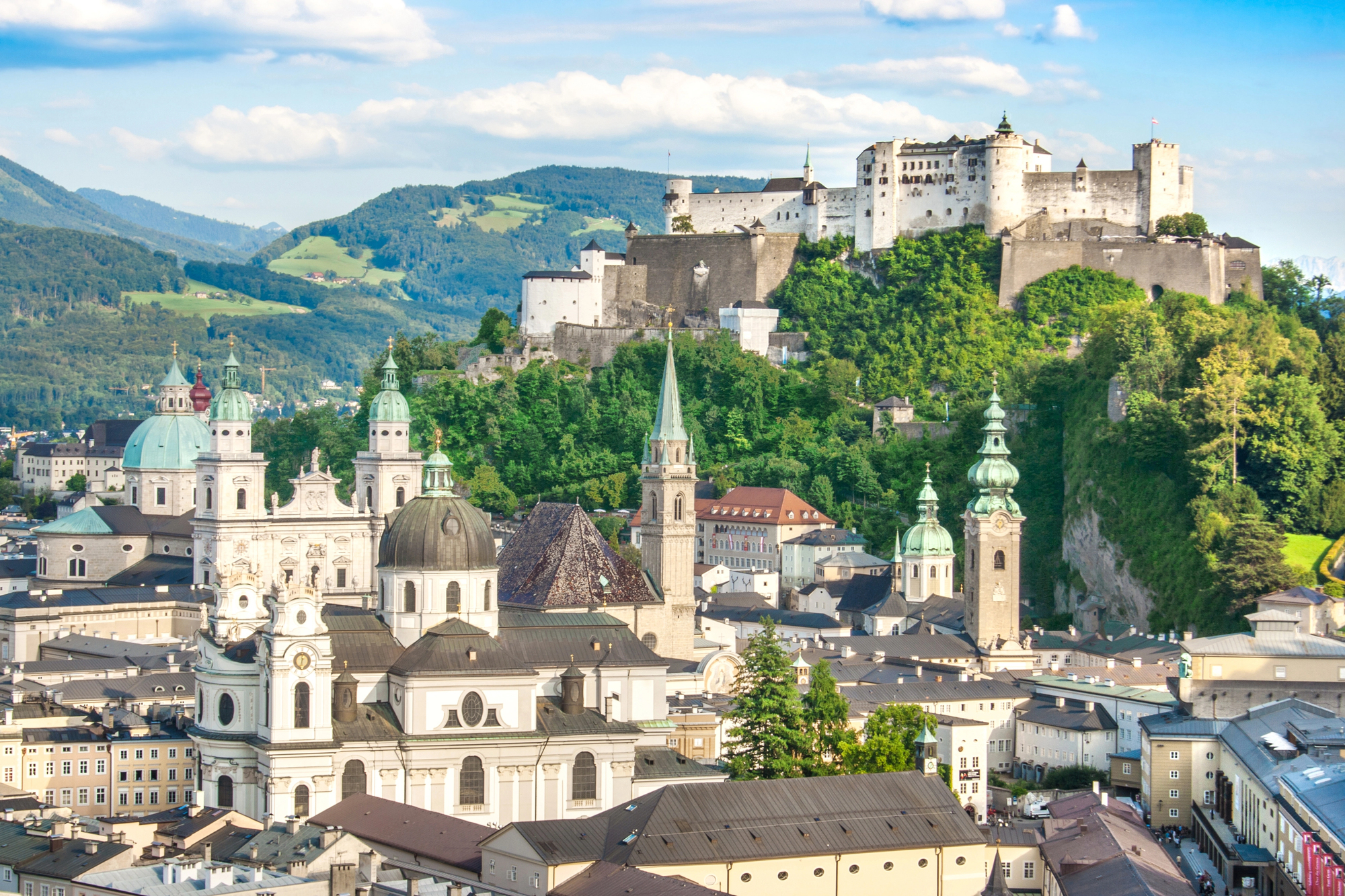
Salzburg concentrates its baroque splendor in a highly walkable historic center nestled between the Salzach River and the dramatic Hohensalzburg Fortress. The car-free Getreidegasse, with its famous decorative guild signs, connects seamlessly to elegant squares and hidden passageways once used by merchants.
Gardens and courtyards throughout the old town provide peaceful retreats between major sights.
Copenhagen, Denmark
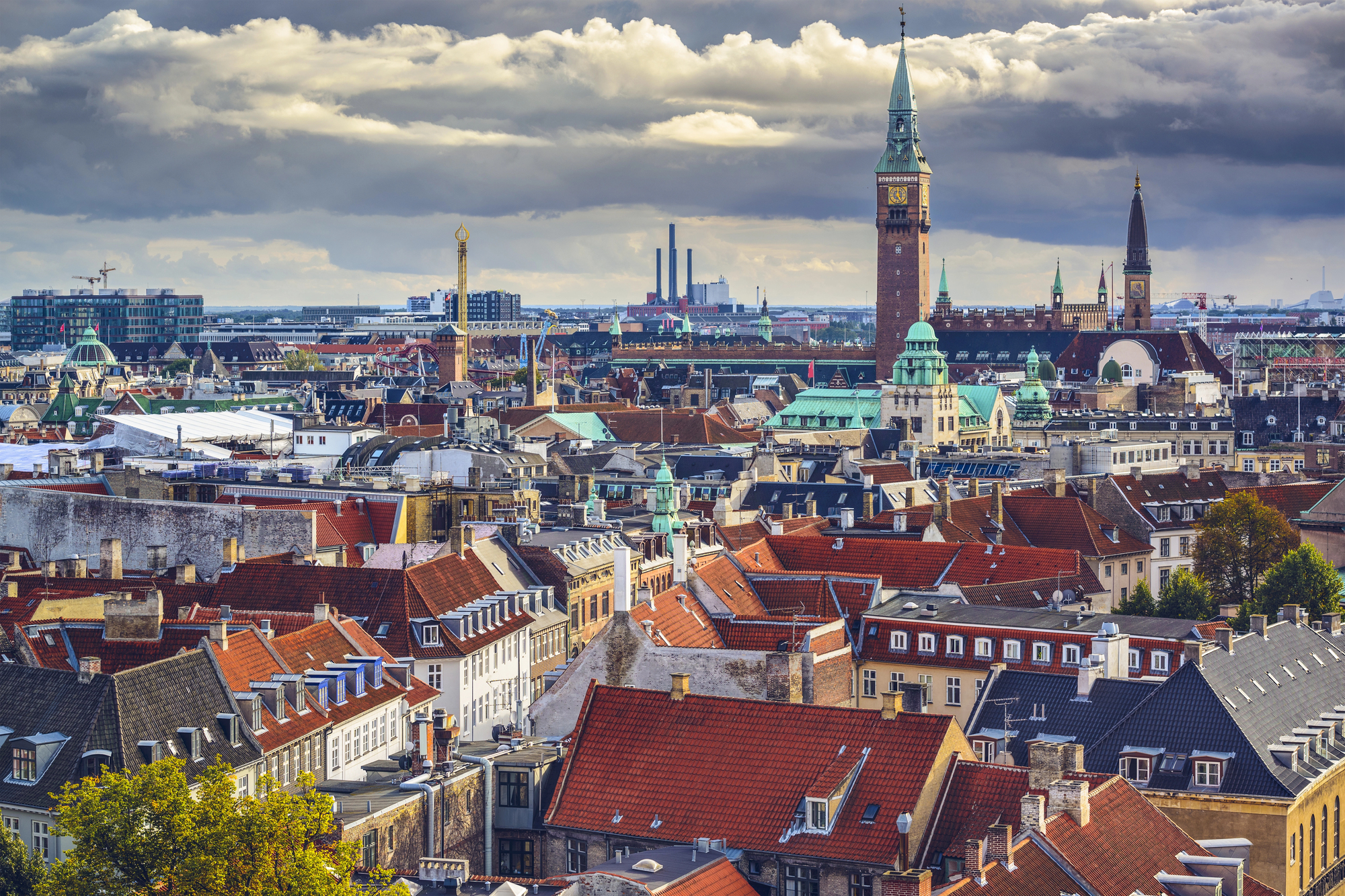
Copenhagen pioneered pedestrian-friendly urban planning with Strøget, one of Europe’s longest car-free shopping streets. The compact city center places most attractions within a 20-minute walk, while harbor-front promenades connect seamlessly to green spaces like the King’s Garden.
The colorful Nyhavn district flows naturally into newer waterfront areas, creating miles of pleasant walking routes past both historic and cutting-edge Danish design.
Like Travel Pug’s content? Follow us on MSN.
Siena, Italy
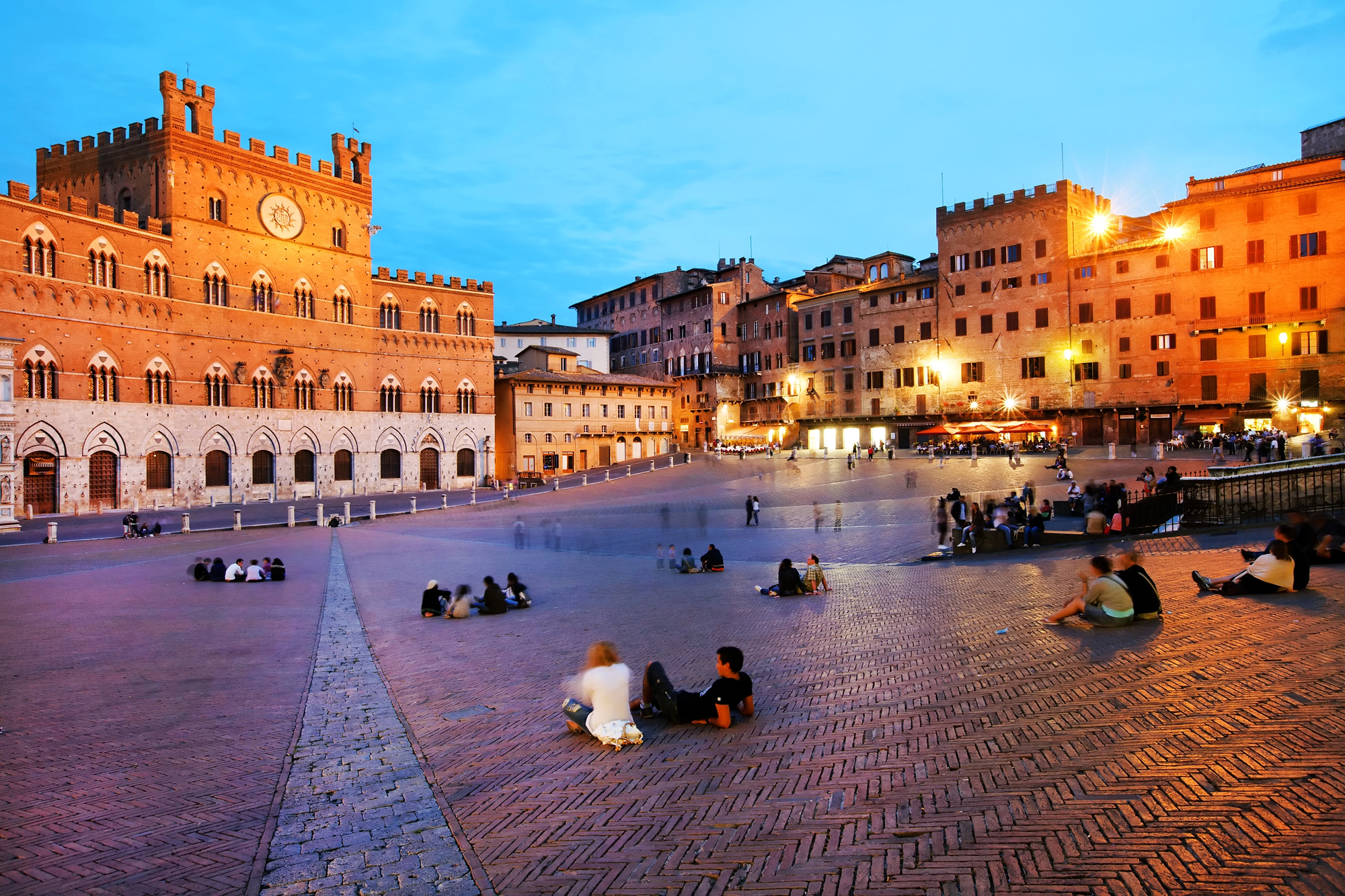
Siena preserves its medieval street plan with remarkable completeness inside ancient walls. The shell-shaped Piazza del Campo forms the natural heart from which narrow lanes radiate upward and outward.
The car-free historic center forces visitors to slow down and discover tiny workshops, neighborhood churches, and family-run trattorias that have served locals for generations.
Edinburgh, Scotland

Edinburgh juxtaposes two distinct walkable districts: the medieval Royal Mile descending from the castle to Holyrood Palace and the rational grid of the Georgian New Town. The compact city center keeps most attractions within a mile of each other, connected by atmospheric closes (alleys) and dramatic bridges spanning the former loch.
Panoramic views from Calton Hill and Arthur’s Seat reward those willing to climb for perspective.
Seville, Spain
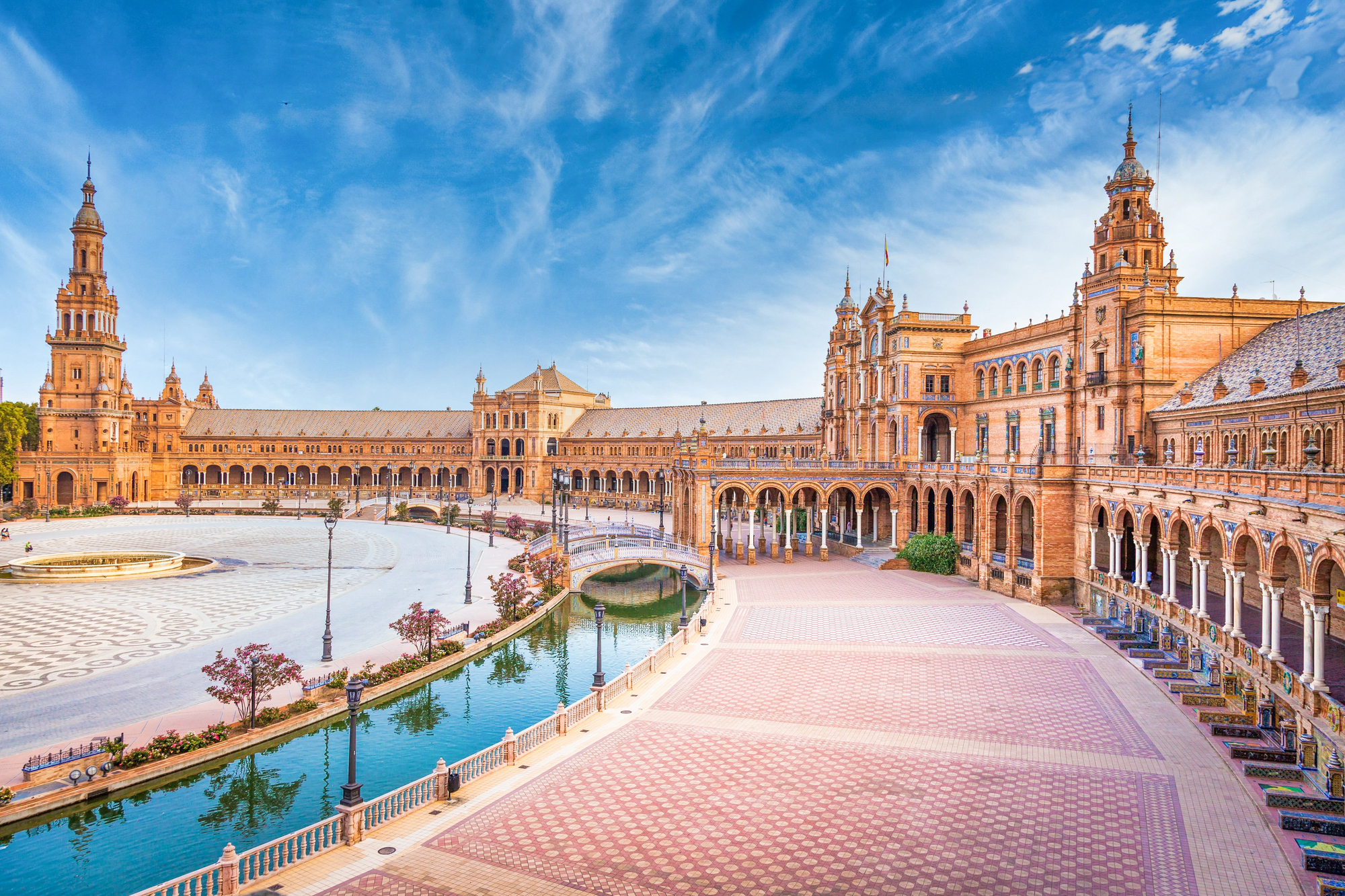
Seville centers its old town around three magnificent landmarks: the Cathedral, Alcázar, and Archive of the Indies. The pedestrianized zones around these UNESCO sites flow into the labyrinthine streets of Santa Cruz, the former Jewish quarter, where narrow passages provide essential shade during hot summers.
Orange-tree-lined plazas create natural pauses for refreshment between explorations of Moorish and Spanish architectural treasures.
Like Travel Pug’s content? Follow us on MSN.
Tallinn, Estonia
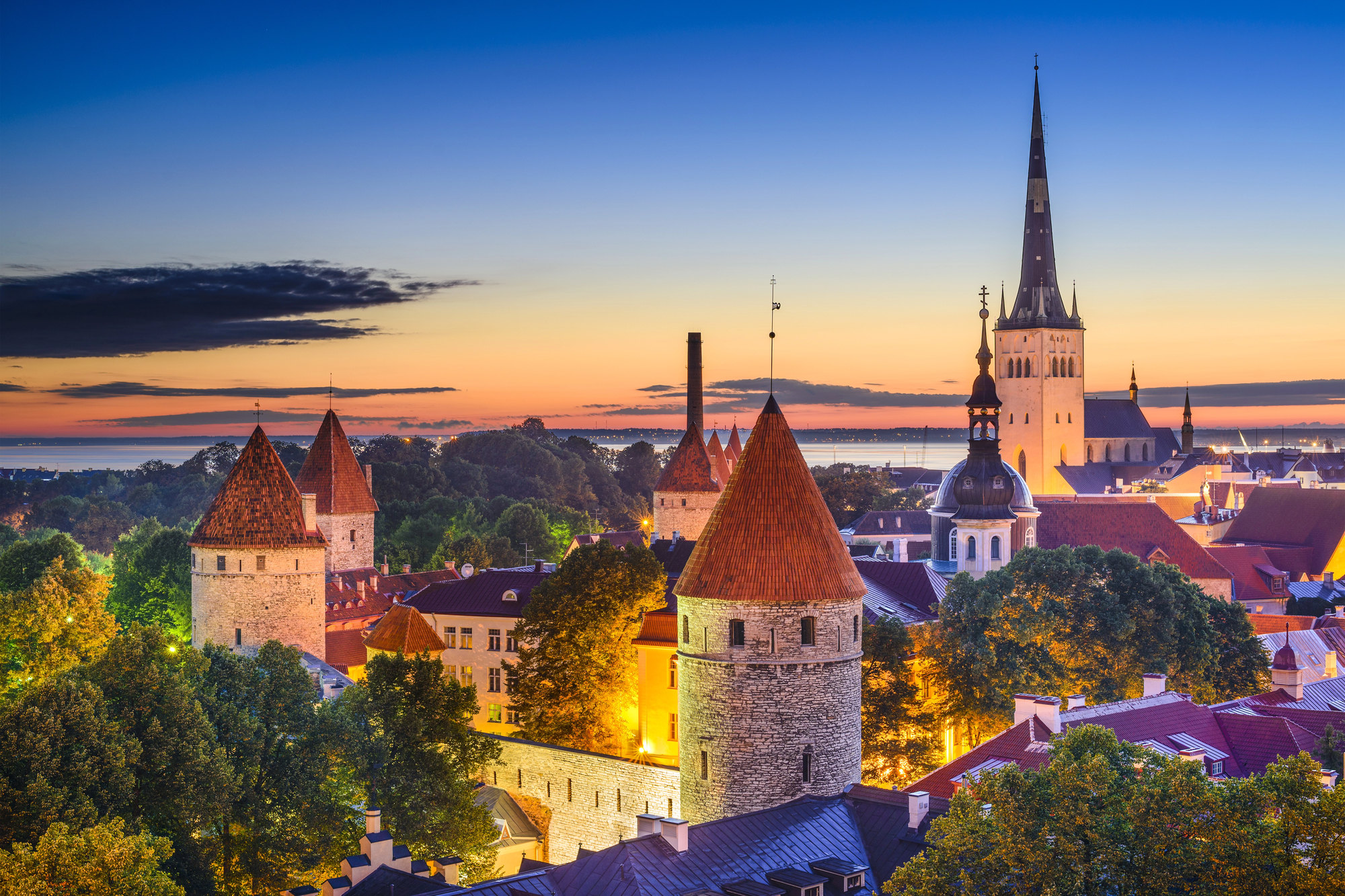
Tallinn’s walled Old Town preserves its medieval layout with exceptional completeness. The compact upper and lower towns connect via short, steep passages, while the perimeter can be walked in under an hour.
Pedestrian-only zones throughout the historic core allow visitors to appreciate architectural details from Gothic churches to merchant houses with their distinctive stepped gables.
Lyon, France
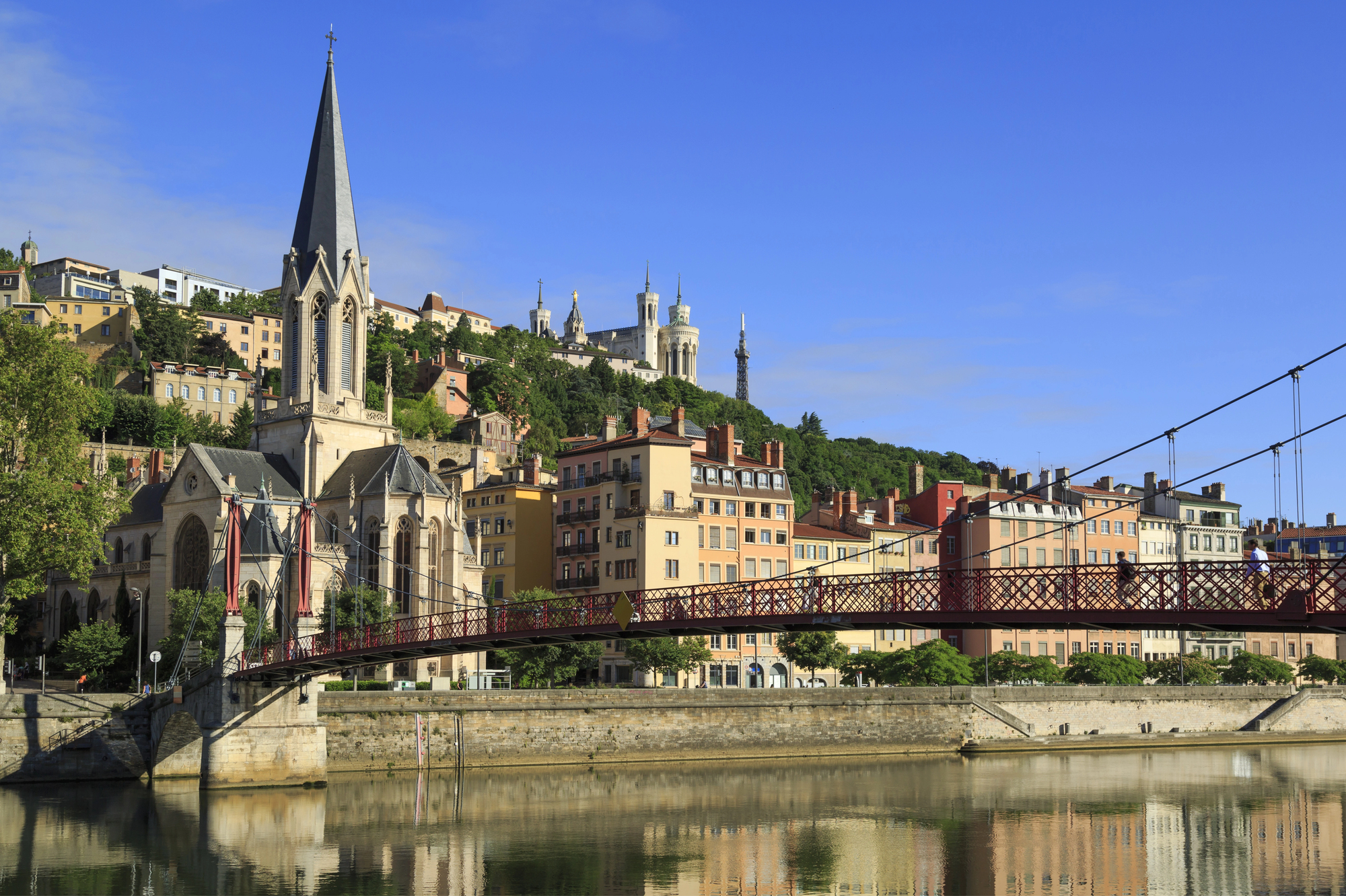
Lyon offers multiple walkable districts connected by pedestrian bridges across its two rivers. The Renaissance old town, Vieux Lyon, features hidden passageways called ‘traboules’ that thread between buildings and courtyards.
The peninsula between the Rhône and Saône rivers creates a natural walking route past major plazas, while former silk-worker districts on the slopes provide rewarding urban hikes with panoramic views.
Ljubljana, Slovenia
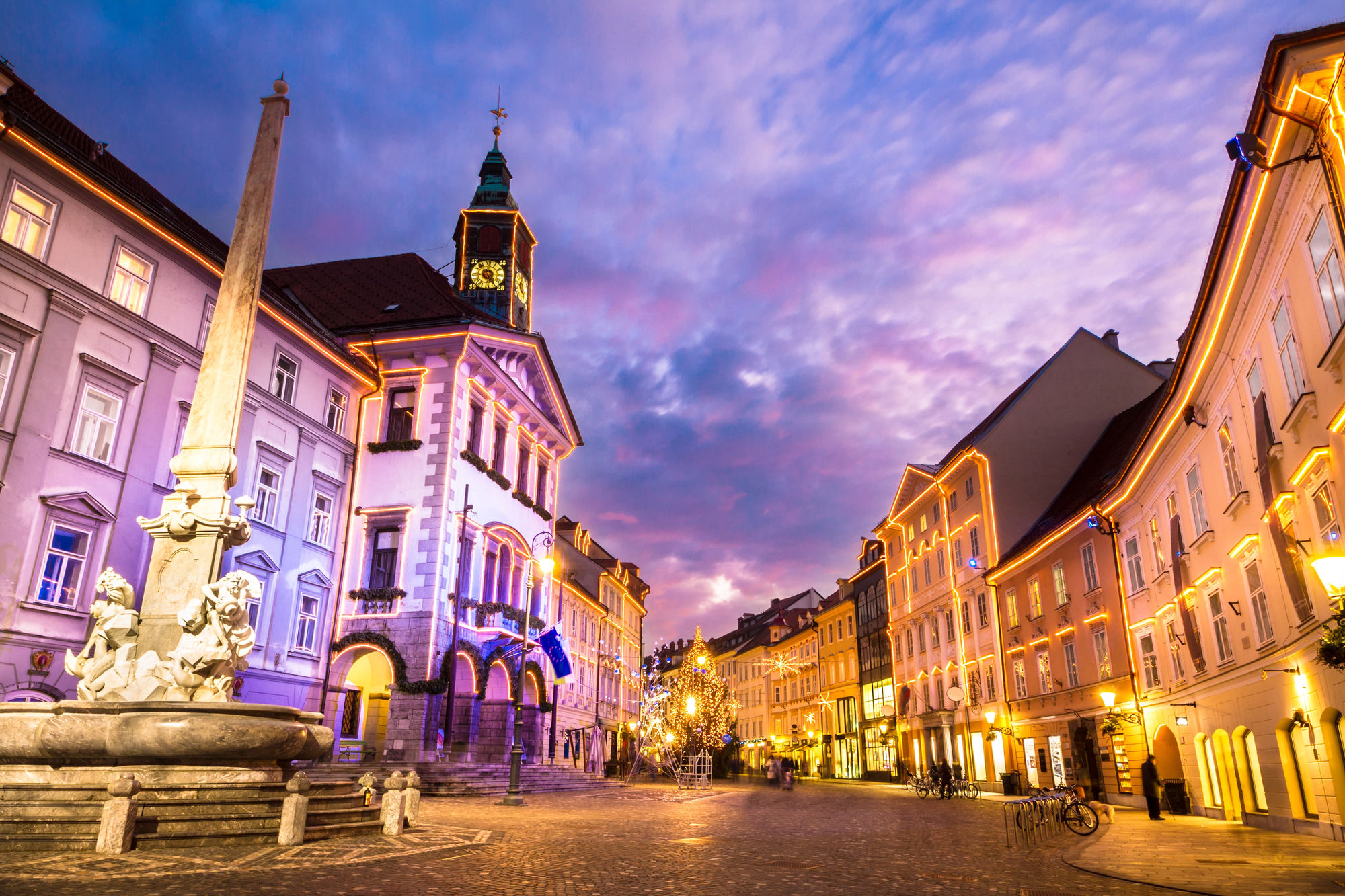
Ljubljana transformed its city center by banning cars entirely from the riverfront core. The Ljubljanica River creates a natural walking path past Baroque and Art Nouveau buildings, with distinctive bridges designed by architect Jože Plečnik.
The compact size means Ljubljana’s castle, markets, and cultural institutions all sit within a 15-minute walk of each other, connected by lively café-lined streets.
Like Travel Pug’s content? Follow us on MSN.
Ghent, Belgium
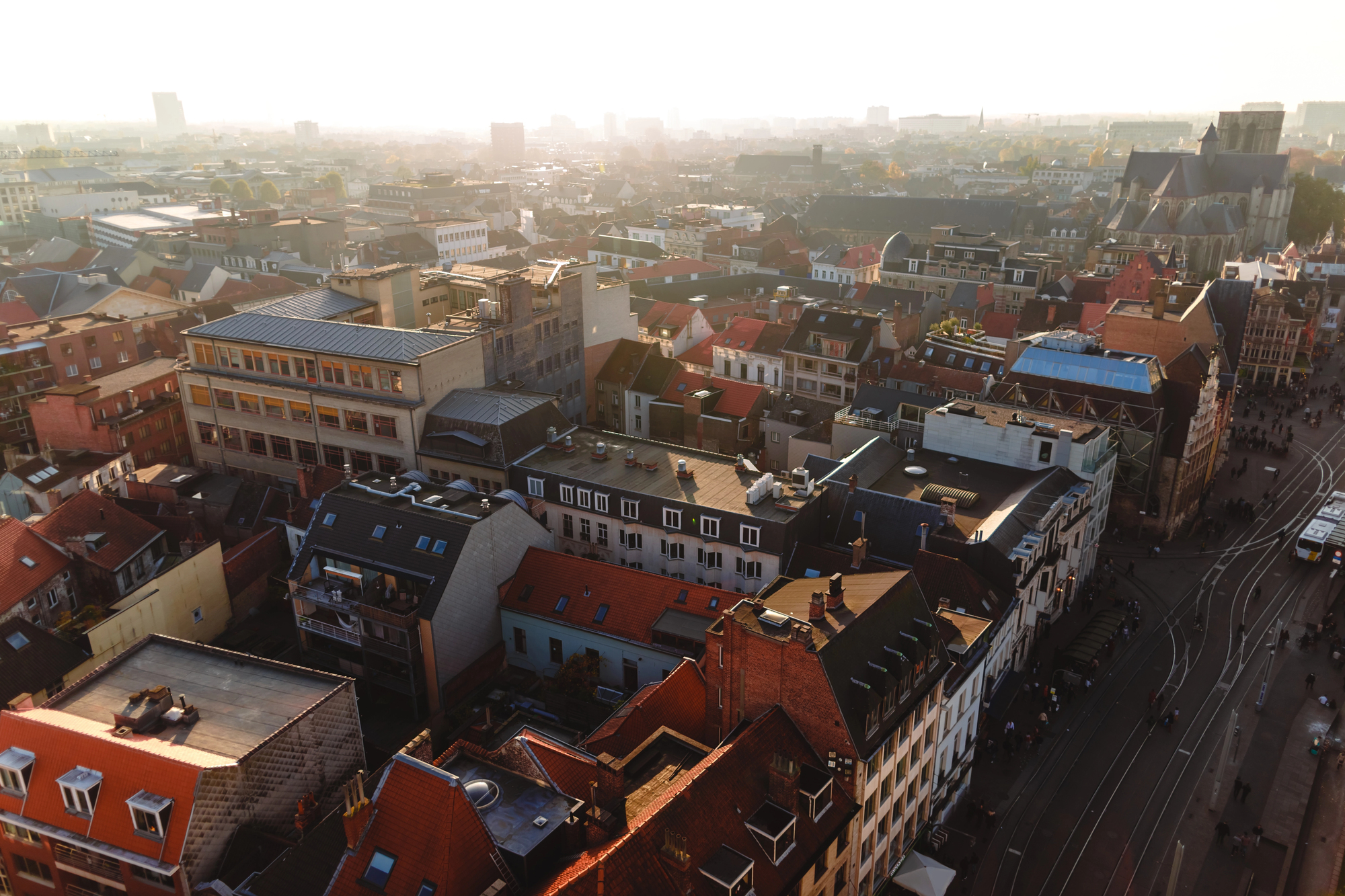
Ghent combines three magnificent medieval quarters into a walkable urban treasure with fewer tourists than nearby Bruges. The car-free historic center allows pedestrians to appreciate the extraordinary concentration of Gothic architecture, including the massive St. Bavo’s Cathedral and Gravensteen Castle.
Scenic canals lined with guild houses and former warehouses create natural walking routes between major sights.
Bologna, Italy
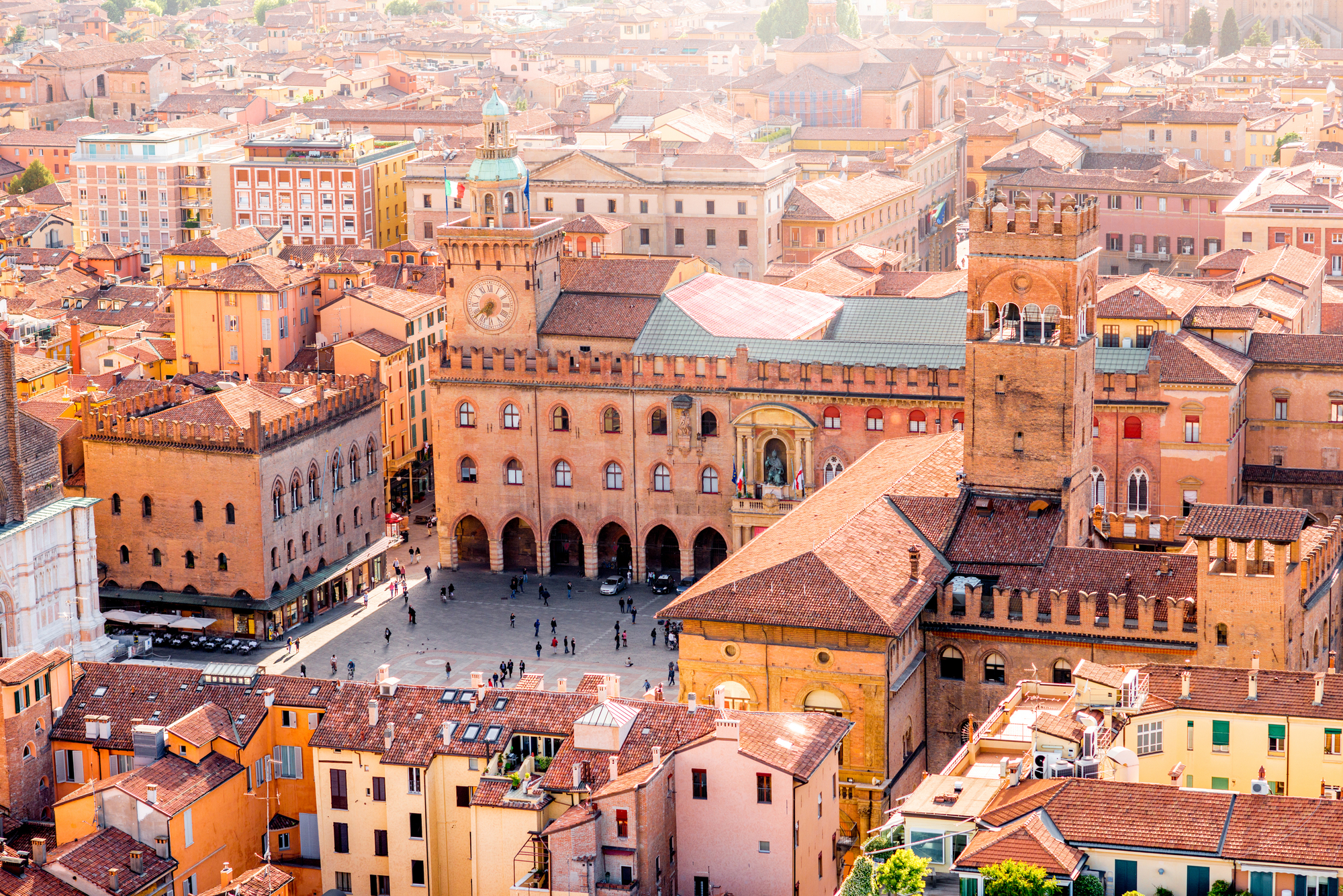
Bologna features 25 miles of covered arcades or ‘portici’ that provide weather-protected walking routes throughout the historic center. The medieval university district centers around two iconic leaning towers, with narrow streets radiating outward to magnificent piazzas.
The compact city places most attractions within a 15-minute walk of Piazza Maggiore, while distinctive terracotta-colored buildings create visual unity.
Oxford, England
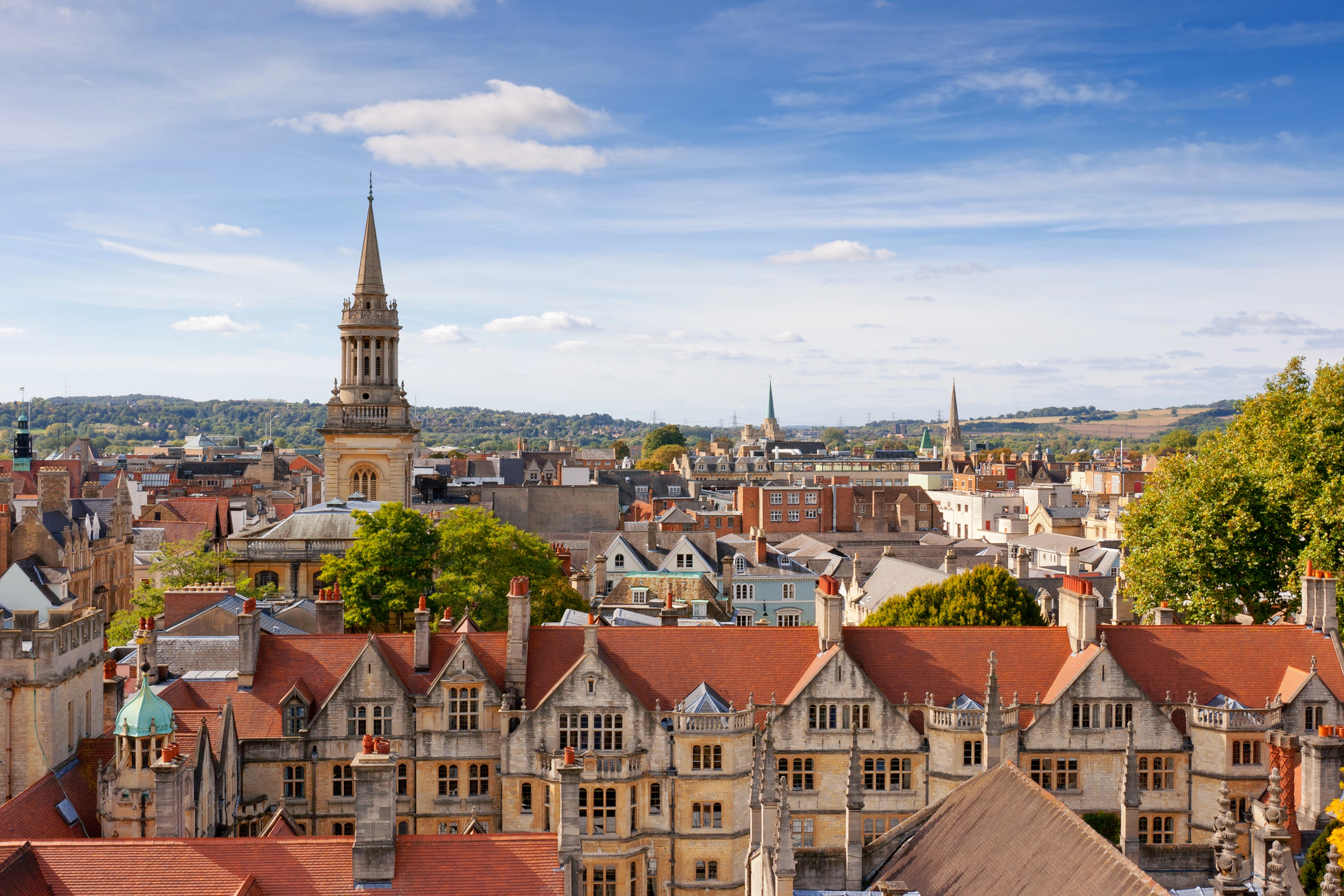
Oxford concentrates centuries of architectural achievements within a remarkably compact city center. The car-restricted center forces visitors to experience the city as students have for 800 years—on foot, discovering colleges and libraries hidden behind imposing facades.
Pedestrian lanes connect major streets to riverside paths, creating serendipitous moments where medieval, Gothic, and classical buildings frame unexpected views.
Like Travel Pug’s content? Follow us on MSN.
The Joy of Pedestrian Discovery

These European cities remind us that experiencing urban spaces on foot connects us more intimately with their history, culture, and daily rhythms. The human-scaled dimensions of these historic centers create opportunities for spontaneous discoveries impossible from vehicles.
As modern cities worldwide increasingly prioritize walkability, these European examples show how pedestrian-centered planning creates not just more sustainable urban environments but more enjoyable and memorable places for both residents and visitors alike.
More from Travel Pug

- Cities Growing so Fast You Won’t Recognize Them in 10 Years
- 13 Destinations Where Tourists Regularly Regret Their Trip
- 16 U.S. Cities That Are Quietly Becoming Travel Hotspots
- Where to Travel If You Love Long Bus Rides and Daydreams
- 20 Cities Perfect for Solo Travelers Who Crave Adventure & Culture
Like Travel Pug’s content? Follow us on MSN.
